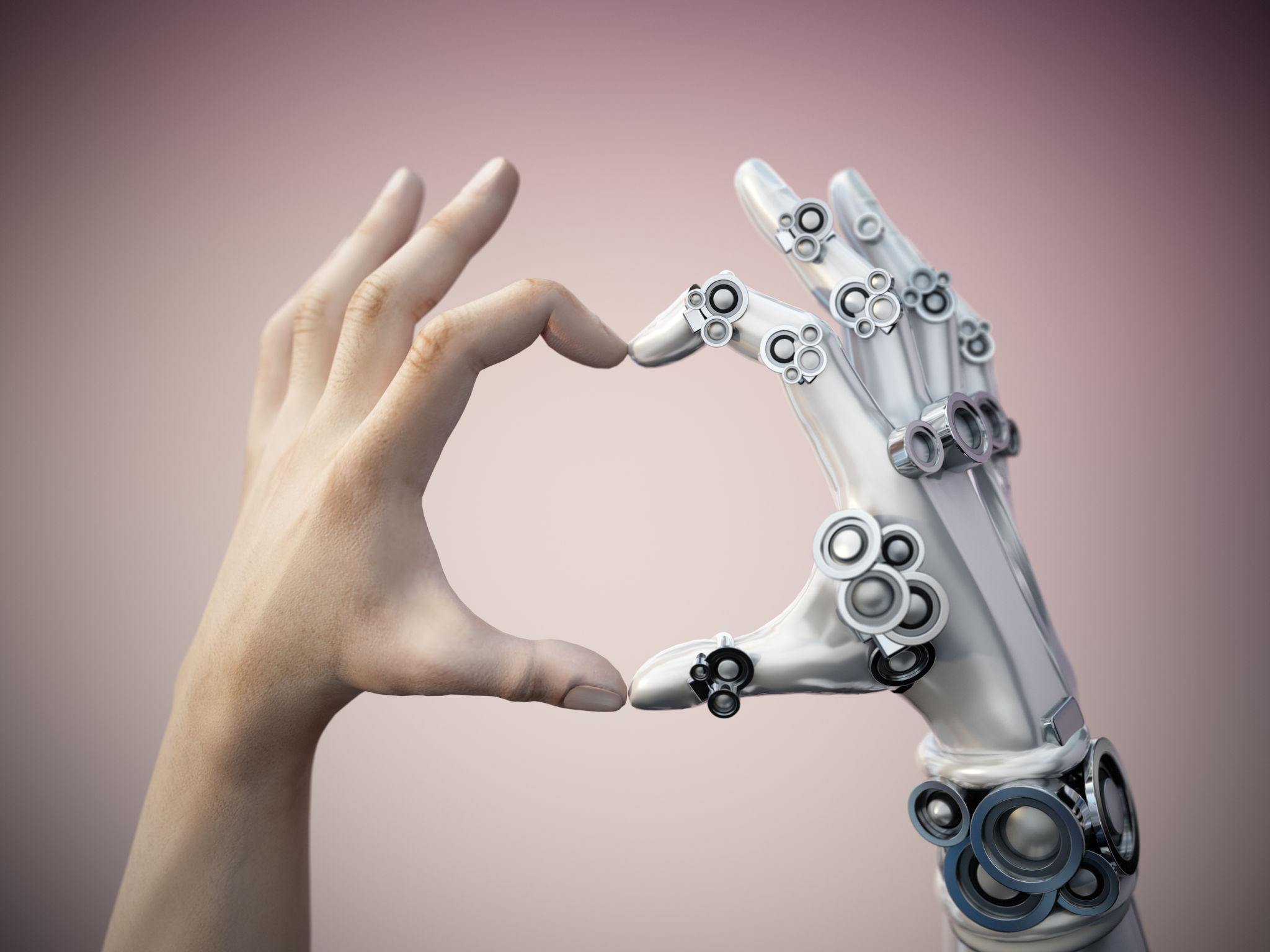The Role of Software Development in Robotics for Workplace Safety
Introduction
In today's fast-paced industrial landscape, ensuring workplace safety is paramount. With the integration of technology, particularly robotics, industries are seeing significant improvements in safety standards. At the heart of this advancement is software development, which plays a crucial role in enhancing the functionality and reliability of robots used for workplace safety.

The Importance of Robotics in Workplace Safety
Robotics has revolutionized the way industries approach safety. By taking over dangerous tasks, robots help reduce the risk of injuries to human workers. These machines are equipped with sensors and algorithms that allow them to operate in hazardous environments, minimizing human exposure to potential dangers.
The deployment of robots in sectors like manufacturing, construction, and mining has proven to be a game-changer. Not only do they perform tasks more efficiently, but they also ensure that safety protocols are adhered to without fail. This shift has been largely facilitated by advancements in software development that empower robots with enhanced decision-making capabilities.
Software Development: The Backbone of Robotics
Without sophisticated software, robots would be unable to perform complex tasks or make split-second decisions crucial for safety. Software development involves creating algorithms that enable robots to perceive their surroundings, analyze data, and act accordingly. This process involves:
- Designing intuitive interfaces for seamless human-robot interaction.
- Developing real-time data processing abilities for quick response.
- Integrating machine learning for adaptive and predictive capabilities.

Real-Time Monitoring and Control
One of the most significant contributions of software development is enabling real-time monitoring and control of robotic systems. This functionality allows for immediate detection of anomalies or potential safety hazards. By utilizing IoT connectivity, robots can communicate with control systems to relay data continuously, ensuring a proactive approach to safety management.
Predictive Maintenance and Safety
Software development also plays a vital role in predictive maintenance, which is essential for workplace safety. By analyzing data collected from robotic systems, software can predict when a machine might fail or require maintenance. This foresight prevents unexpected breakdowns that could lead to hazardous situations.

Machine Learning and Artificial Intelligence
The integration of machine learning and artificial intelligence into robotics has further enhanced workplace safety. These technologies allow robots to learn from their experiences, improving their performance over time. AI-driven robots can identify patterns and predict outcomes, contributing to a safer work environment by preventing accidents before they occur.
Challenges and Future Prospects
While the role of software development in robotics for workplace safety is transformative, it is not without challenges. Ensuring cybersecurity, maintaining software reliability, and managing integration complexities are some of the hurdles faced by developers. However, continuous research and innovation promise exciting future prospects.
As technology advances, we can expect even more sophisticated robotic systems that further eliminate risks and enhance workplace safety. This ongoing evolution in robotics underscores the indispensable role of software development in creating safer work environments globally.